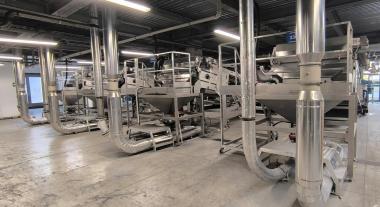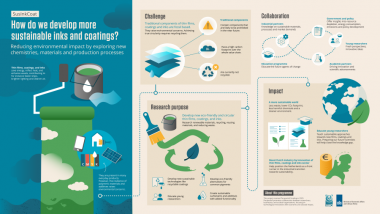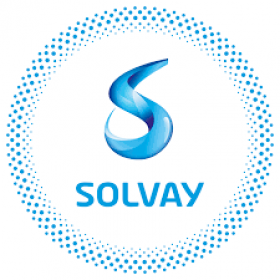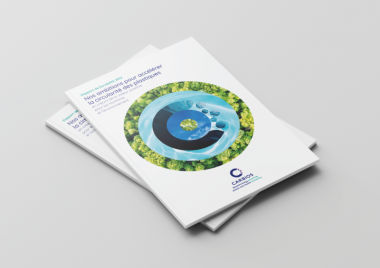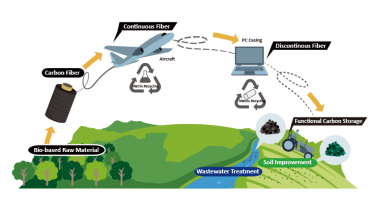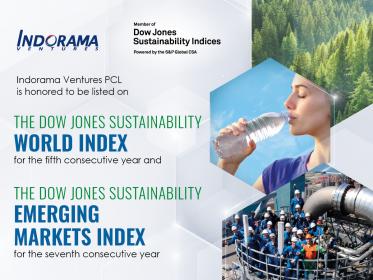SGL Carbon: New Head of Business Unit Carbon Fibers
As of March 1, 2024, Dr. Denis Hinz will become new Head of SGL Carbon's Carbon Fibers Business Unit. The previous Head, Roland Nowicki, will leave SGL Carbon on May 31, 2024 at his own request to pursue new professional challenges. He will be available to the company as a consultant until his leaving date to support a smooth transition.
Roland Nowicki took over as Head of Carbon Fibers in November 2020 and has successfully driven forward the realignment of the business unit over the past three years.
Dr. Denis Hinz has been with SGL Carbon for more than six years and has held various management positions during this time, including Head of Operations of the Fuel Cell Components division and Managing Director of SGL Fuel Cell Components GmbH in Meitingen since December 1, 2021. The graduate engineer from the Technical University of Munich is an experienced manager who is well networked within SGL Carbon and has closely followed the development of Carbon Fibers in recent years.
SGL Carbon














